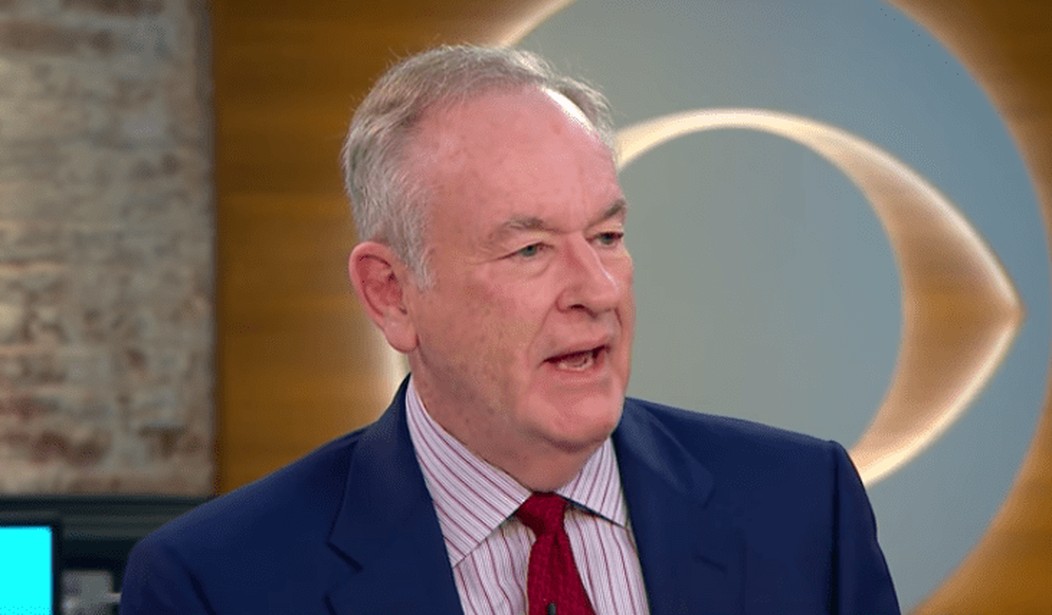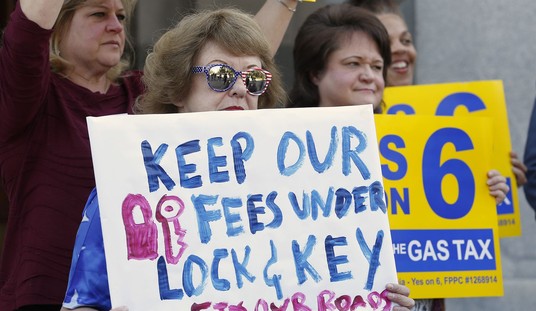On my recent trip to Egypt, I met with Col. Khaled Okasha (ret), one of Egypt’s top former counter-terrorism officials, to discuss the developing security situation and to address a question that has received a lot of international media attention:
Is the Muslim Brotherhood directly engaged in terrorism?
Okasha, the director of the National Center for Security Studies, has literally written the books on the development of militant networks in Egypt. He graciously met with me for five hours upon my arrival in Cairo to discuss these issues.
He later sat down for a three-hour, on-the-record interview on the Muslim Brotherhood’s terror networks, the transcript of which is presented below.
The night previous to our second meeting, one of the Muslim Brotherhood’s terrorist groups, Hassm, killed three policemen at a checkpoint in Nasr City:
Militant group Hassm claims responsibility for drive-by shooting in Nasr City on Monday killing 3 police, injuring 5 https://t.co/gThK8MqRva
— Mada Masr مدى مصر (@MadaMasr) May 2, 2017
We met in between two of his international media interviews on the Nasr City incident, and we had limited time as he had a scheduled BBC appearance later that day.
In the first part of this three-part interview, Col. Okasha talks about:
- The Muslim Brotherhood’s long-time double game with terrorism
- The crisis caused by Egypt’s rejection of Muslim Brotherhood rule and the massive June 30, 2013 Tamarod protests
- The Muslim Brotherhood’s attempt to provoke a sectarian war by launching attacks on Egypt’s Coptic Christian community
- And the development of Muslim Brotherhood’s terror networks under Guidance Bureau leader Mohamed Kamal and the two-front war targeting Egypt’s military and police forces
I’ve previously reported here at PJ Media on the Muslim Brotherhood attacks on churches in Upper Egypt, and the killing of Mohamed Kamal last October:
Revisiting the Muslim Brotherhood's August 2013 'Reign of Terror' Targeting Egypt's Christians https://t.co/Rf31VJzz4z #homelandsecurity
— PJ Media (@PJMedia_com) August 14, 2016
Senior Muslim Brotherhood Leaders Directing Group's 'Terror Wing' Killed During Shootout in Egypt https://t.co/EQLn1BxBwH
— Patrick Poole (@pspoole) October 4, 2016
In Parts 2 and 3 of this interview with Col. Okasha, we will discuss Mohamed Kamal’s terror networks in depth, and also the Muslim Brotherhood’s role in setting up Ansar Beit al-Maqdis, which we know today as the Islamic State’s Sinai affiliate.
*****
Thank you, Mr. Okasha, for meeting with us again today. Could you briefly describe your professional career?
I started beginning in 1987 as special forces in the counter-terrorism unit active around Cairo until the early 1990s in the suburbs of Cairo, including Imbabah, Ain Shams, and Haram where the Gamaa Islamiya were very active back then.
You mentioned earlier about Gamaa Islamiya in the 1990s. Could you talk about your role when you were stationed in Upper Egypt, and what your later role was in Sinai?
After I served in Cairo there, a movement from the Gamaa Islamiya in Upper Egypt, specifically in Assiut and Minya, they were working on two perspectives. One of them was to wage a political war on the regime of Egypt, and the other was to recruit more jihadis to join the Afghanistan war. And that ended with the Luxor massacre in 1997, where I was stationed.
And Sinai?
I served in Sinai from 2008 until 2012, and I quit about six months after Morsi took office. Since then I’ve dedicated my time to research and to publish a lot of material on the jihadis and the militant Islamists.
In the U.S. we hear repeatedly from the media that the Muslim Brotherhood renounced violence in the 1970s. Is that really the case?
Back at the time, the Brotherhood had a strategy to play a double game so that they could earn a place in the Arabic community all over the region before they started their armed militias.
That’s why at the beginning the Brotherhood began approaching the syndicates and political parties creating coalitions to push new faces into the political community and to play the card that they are only trying to be a political partner in ruling the country.
But in terms of their overall strategy, violence still remained a component to their activity?
Violence back then was based on the strategy of using other groups — other terrorist groups — to conduct their operations on their behalf.
Especially at this time was the peak of the Arab-Afghan jihadi and mujahideen network. That’s why they could use others to conduct their business.
At the same point, they were introducing themselves to the political and intelligence communities in the Arab world that they are the moderate face of Islamists, and they offered to work with them because they’re the peaceful face. They used the same tactic with the West, especially in the U.S., UK, and Germany, of course.
When we spoke the other day, you mentioned that after the June 30 protests and Morsi’s removal on July 3, and then the clearing of the Rabaa and Nahda protest sites, those events caused a crisis within the Brotherhood. Could you explain that?
At the beginning of the Arab Spring the Brotherhood were working to gain their dominance in the countries that were infected by the Arab Spring. They succeeded in some countries, they failed in others, and they’re suffering in some countries. In Egypt and Tunisia they politically succeeded in securing the Parliament and then the presidential elections.
Egypt is very special when it comes to the Brotherhood, because the Supreme Guide comes from Egypt, and according to their own constitution the Supreme Guide is the highest spiritual guidance for the Brotherhood all over the world. So they worked hard to maintain their power grabs on the establishments in Egypt.
When they were attacked by the people themselves and felt threatened, they were very afraid to lose all that they had been working on over the last two years to secure their power grab. So it was a real disaster for them because Egypt is the place where they started and the place where they had their headquarters.
And as we discussed the other day, the Brotherhood established two different fronts in response to Morsi’s removal that was a divided effort between Upper Egypt and Sinai. Could you start off discussing the role of Mohamed Kamal, who was a senior Muslim Brotherhood leader, and his role in establishing the terror networks and cells operating in Upper Egypt?
As a matter of fact Mohamed Kamal was one of the youngest members of the Guidance Bureau, and he originally came from Assiut. He was responsible for memberships, and running the Brotherhood all over the governorates of Egypt. He had very wide connections with the Brotherhood in Assiut, and during the time that the Brotherhood was in power politically he was very careful not to establish any terror cells so that he wouldn’t attract the attention of the security apparatus in Egypt.
So at that time, the Brotherhood worked hard to present themselves to the Egyptian establishment that they are working politically to advance their position with the Gamaa Islamiya and the remnants of Islamic Jihad. They allowed them to establish their own political parties, and these political parties were used as a cover for the militants. At that time the Brotherhood would use the Gamaa and Jihad to conduct their militant operations and keep their hands clean of any terror attacks that were taking place at the time because they were in power politically.
How did Mohamed Kamal structure his terror cells, and what were some of the groups that were under his control?
The terror cells that are blatantly Brotherhood were formed after June 30 by Mohamed Kamal. It was a mix between the Gamaa Islamiya youth that were ready and trained to deal with a crisis like what happened on June 30 for the Islamists, and the other group of people he used were the Muslim Brotherhood youth. Some of those were at Rabaa and Nahda, while others were elsewhere, but they were shocked that they were ejected. They were not equipped, or they couldn’t form any sort of reaction to what happened, so he made his cells between those components, the Gamaa Islamiya and the Brotherhood youth.
He used them throughout 2013 and 2014, and the remnants of them are still active on the streets. Some of the groups were called Ajnad Misr, Helwan militias, Civil Resistance, another group called the Molotov Movement, another called Walaa, and then lately Hassm and Liwa al-Thawra.
Another very important component was the Hazemoon group, led by Hazem Salah Abu-Ismails, who was actually one of those political allies of the Brotherhood. He had a trained and armed group within his political group. The alliance between him and the Brotherhood started from 2011, and he was entrusted with sending the mujahedeen youth to Syria. So after June 30 Kamal used the Hazemoon group with the other two components to train and equip the Brotherhood youth who were not very familiar with the militant activity. That’s why in a matter of weeks you had active and operating terror cells all over Egypt. They were very focused on Cairo, Giza, and Alexandria.
Two of the other groups we heard a lot about during this period of time was Revolutionary Punishment and Popular Resistance. Were they also part of Mohamed Kamal’s network?
Yes, Popular Resistance is the Civil Resistance I mentioned earlier. Revolutionary Punishment was of course part of the groups I just listed, I just forgot to mention it, but it’s the same MO, it’s the same formation, it’s the same activity, and of course they both belong to the cells that Mohamed Kamal established.
What kinds of activities were these cells involved in?
They had two main targets when they started: security forces and security personnel, and also the armed forces that were stationed to protect public buildings. They conducted more than 25 to 30 successful operations that resulted in casualties, and they conducted more than 50 operations that had no casualties. The other main target was any public service establishment, like power stations, communications towers, railways, and subways. The point was to keep the pressure on, and to let the people know that they will always be under terror attacks, and these operations would go on at least weekly to keep the people in a constant panic mode.
One of the things we saw after August 14, when Rabaa and Nahda were cleared, were the attacks on the churches, particularly in Upper Egypt. What exactly was the strategy for the Brotherhood in the attacks on the churches?
After June 30 the larger strategy of the Muslim Brotherhood was composed of three main points. Number one was Sinai, and that entails all the terror cells in Sinai, and their main target was to control the cities like Al-Arish and Rafah and establish an Islamic emirate on the borders with Gaza. The second strategy was creating many terrorist cells all over Egypt. That plan failed so they decided to focus on the central cities like Giza and Cairo as I said before. And number three they targeted the Christians, their buildings and business in order to start a sectarian war in Upper Egypt to put the new regime after June 30 in the midst of a sectarian war in Egypt.
But it doesn’t appear that strategy worked?
They were betting that Christians would fight back with arms, and that is what they were hoping would take place to destabilize the new government. But the pope went on television and told the Christians and June 30 supporters to not defend the churches the Brotherhood was attacking, saying that the churches could be rebuilt but not human lives.
*****
Parts 2 and 3 of our exclusive interview with Col. Okasha will appear here at PJ Media later this week.










Join the conversation as a VIP Member